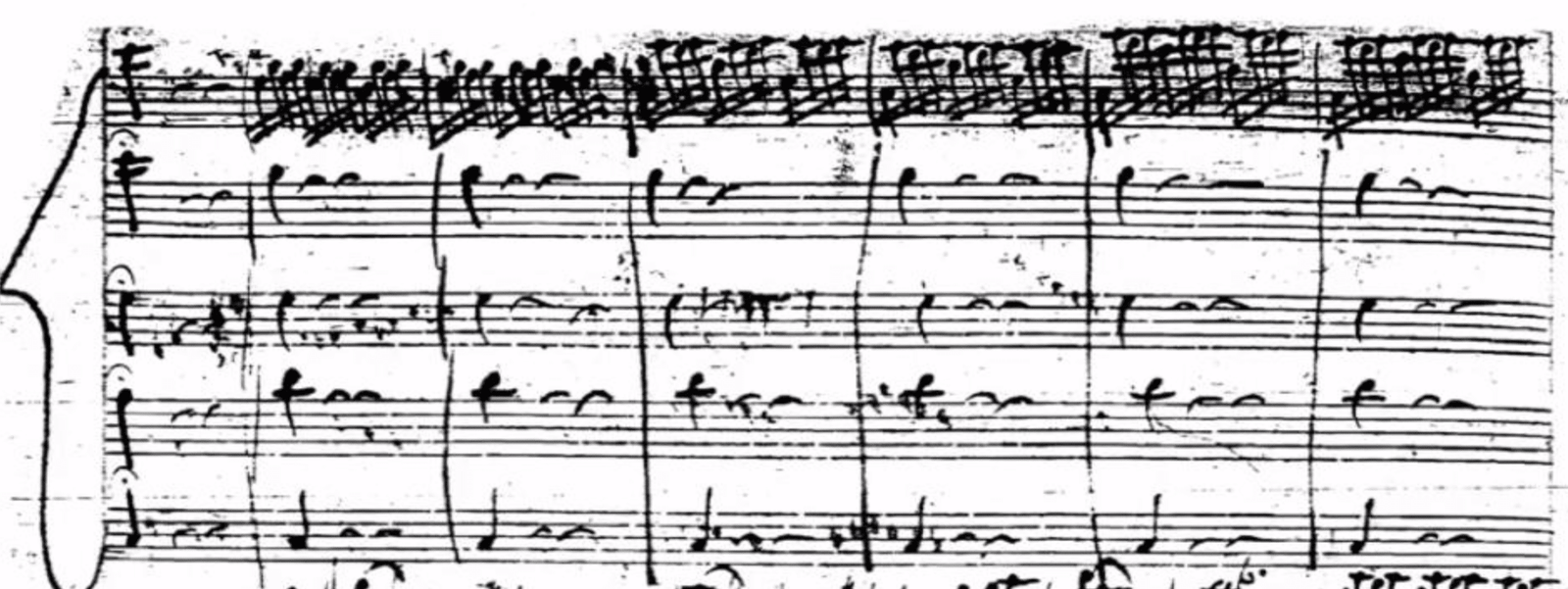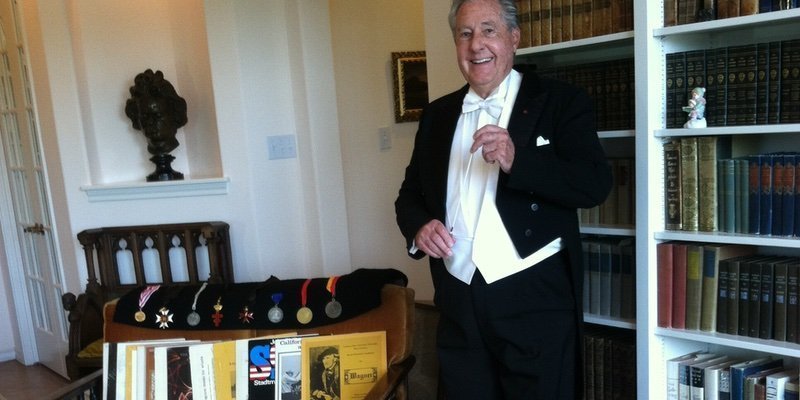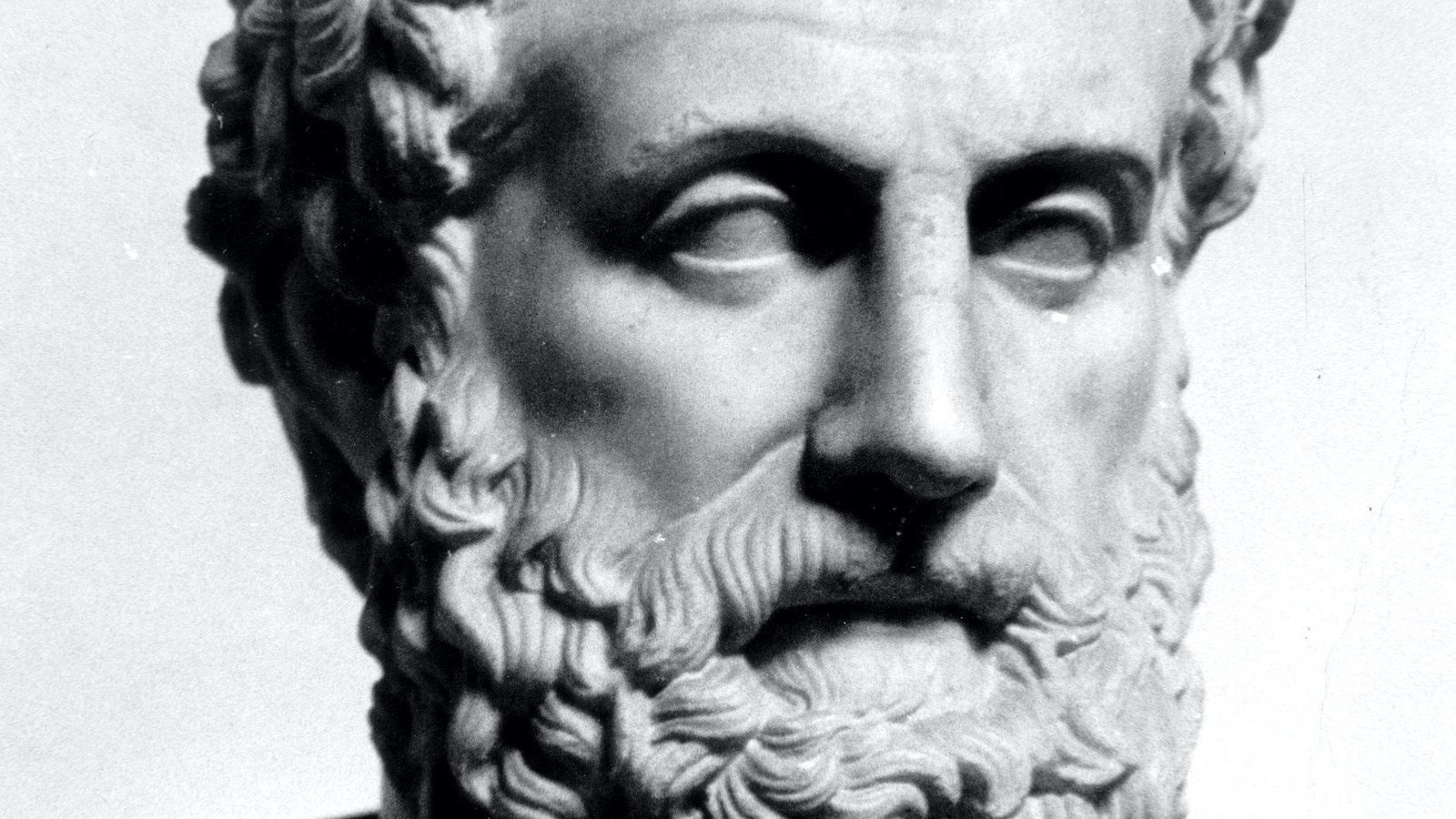Considerations for the future of wind bands, part 3
First we must redefine the word “Music.” Music is something which happens live before a listener. A recording of music is not music. A recording is again only a symbol of something else and a good analogy is a photograph. A photograph of a friend may be ever so vivid and may communicate much to the viewer, but the photograph will never be the real person.
We have paid a dear price for the privilege of having recordings. For one thing, we have given up the power and influence which live music once had with the public. Mahler would take a train from Vienna to the Netherlands just to hear a live performance of one movement of one of his symphonies. Today we would scarcely walk across the street to hear a local orchestra play a Beethoven symphony because in our home we have recordings of that composition by great orchestras and great conductors. At the turn of the last century, when recordings were first becoming available, Sousa who was the object of enormous popularity, refused to make recordings for he saw them as the death of live music. Records which appeared by the Sousa Band were made in the dark of night, with other people conducting, and without his knowledge. And he was right. On a summer evening in Berlin in the 1890s, one could hear as many as 15 band concerts occurring in various parts of the city. Today in Europe and America there are many towns where there is no live music at all [discounting pop music].
Another important thing which has been lost due to recording is the experience of performing early music. While it is true we consequently have recordings of early music which otherwise we would not have, the fact that this repertoire has not been performed or heard live in so long has caused important experience in performance practice to have been lost, leaving us only the evidence of the eye. For example, we look at a score of a 16th-century motet by Palestrina and in our mind we imagine it sounded the way to looks on paper — no dynamics, no phrasing and no accompanying instruments. This impression seems strengthened by the fact that the Sistine Chapel, where Palestrina himself heard his music, had no organ. However, the pay-books for this Chapel in the 16th century document regular payments to members of no fewer than four wind bands for performance with the singers in the Chapel. At the same time, cities and courts in many Protestant and Catholic areas were requiring their instrumentalists to appear on Thursday evening for rehearsal and on Sunday to perform with the choir. Considering what we now know of the practice of church music of the 16th century in both Protestant and Catholic services, it is clear that Palestrina never heard a performance which reflected only what the eye sees on paper.
In addition, the amazing document of performance practice which Michael Praetorius has given us of church music in 1619 is almost unbelievable. Accounts of the freedom to expand to larger ensembles than what the eye sees on paper from one ensemble to as many as nine separate ensembles, freedom to change and expand the notated instrumentation seen on paper, freedom to alter the dynamics and tempi, freedom to add even the interpolation of completely different compositions in the midst of what appears on paper.

Michael Praetorius, Syntagma Musicum, 1619
Another aspect of earlier music which has been lost to us is the impression of “frozen” music which recording implies. The entire performance element of improvisation has been lost. During the Baroque the great new demands for court music caused court composers to depend on the players to “finish” compositions. Take for example the Vivaldi famous Piccolo Concerto in C which is frequently performed today. After a brief orchestral introduction we come to a passage in the score marked “Solo.” Here the orchestra has nothing but C major chords, one on each bar.
But this is not music. A C major chord is not music. Well, then, the music must be in the piccolo part. But no, there is no music here either, only a long series of Alberti bass figures used as symbols of harmony. So we have ten or eleven measures with no music notated on paper.

The Alberti bass meant, “Here the piccolo creates the music and here are the chords.” And this is perfectly safe from the perspective of Vivaldi, for anything the piccolo does, even a mere scale, will be more musical than Alberti bass figures. We must relearn the fact that the Alberti bass figure in the Baroque was not music, but is only a symbol to be replaced by real music, a symbol for improvisation. No Alberti figure should ever be actually performed. So what do we hear today? Surely the soloist today will not stand before the orchestra and audience and play this meaningless figuration do they? Yes, they all do!
A similar practice was present in the Classical Period, often using mere repeated triads to indicate harmony for implied improvisation. The Mozart Clarinet Quintet, K. 581, is a perfect example. In the first movement Mozart begins with a lovely descending melody, then a very brief bridge for clarinet consisting of what in English we call “doodling,” then the melody repeats. This meaningless little clarinet bridge is there because Mozart, a man with an exceptional ability to hear and identify musical idioms, was thinking, here is a solo work for clarinet and in its first entrance has the clarinet player doing what every clarinet player does immediately after he first puts his instrument together, play a series of triads to make sure it works.
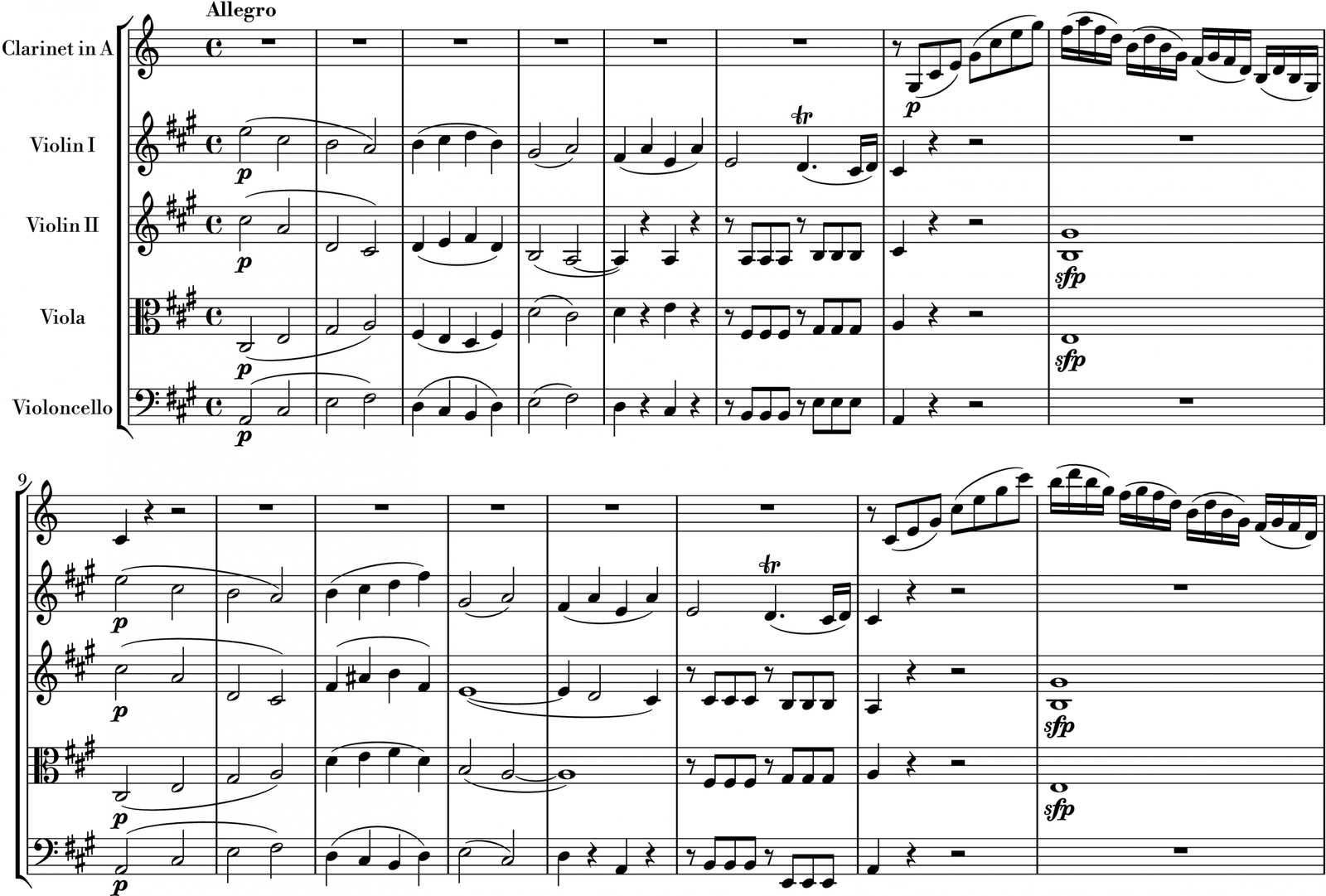
In the development section we have an example not infrequently found in Mozart of him showing o# his skill in composition by ignoring however beautiful the melodies he has used in the exposition section and instead demonstrating his skill in making a musical development out of some insignificant fragment, in this case, that little doodling by the clarinet at the beginning. So we hear each string instrument, one after the other, with written out improvisation on this little fragment.
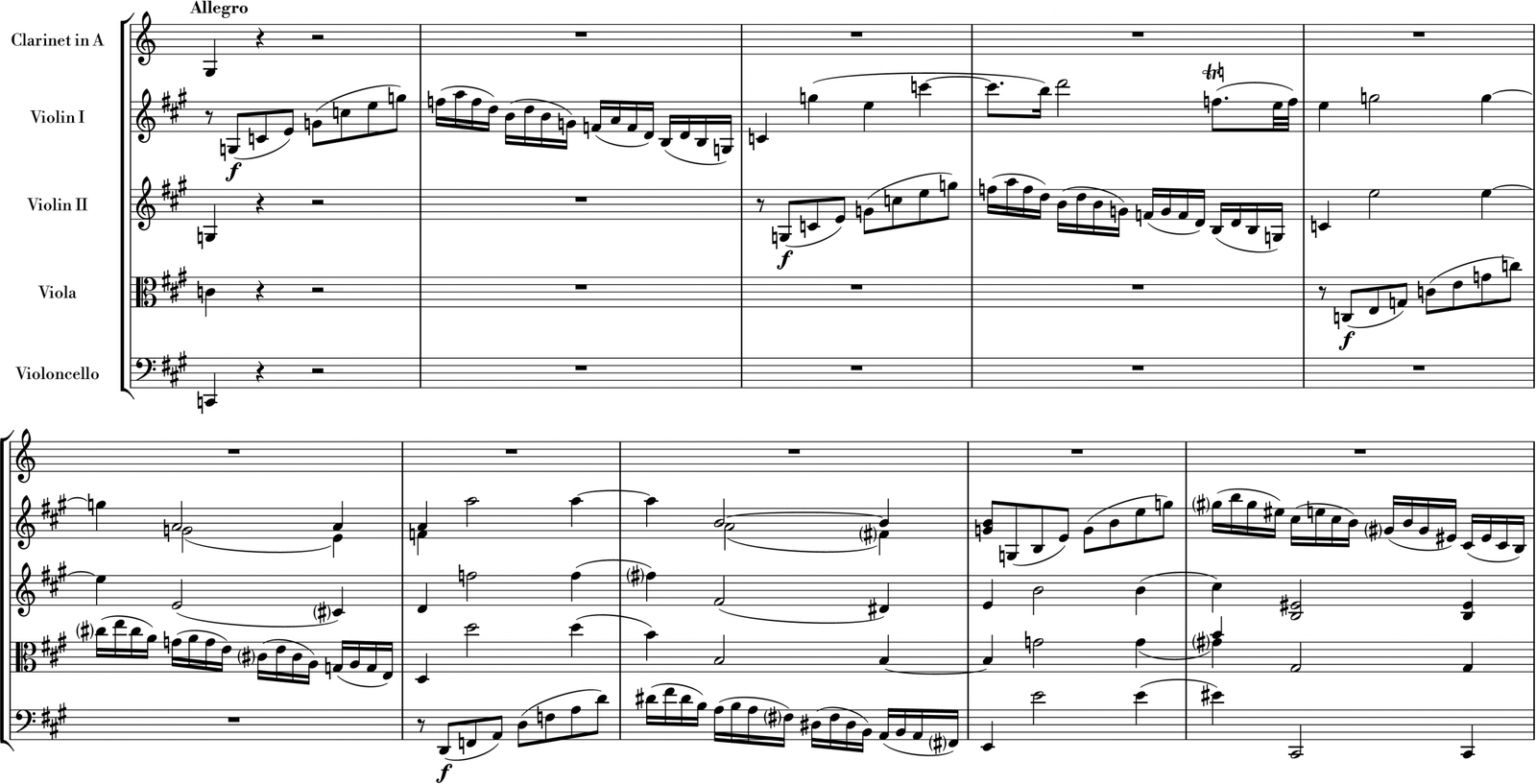
Finally, when it is the soloist’s turn, Mozart does not write out similar improvisation using 16th notes but writes only triads consisting of single eighth-notes. He was obviously saying to the clarinetist, “Now it is your turn, improvise using the chords which are given.”

This is so musically obvious that surely no clarinetist would ever think of playing only what is on paper, — beep — beep –beep– beep — beep, would they? Sad to say, they all do. They are thinking, “Who am I to play something Mozart did not write?” But Mozart did write it, but we have lost the understanding of the notation.
Going further back, the tradition of improvising in Church music is not only forgotten, but it is also a dark, deep secret of musicology. It seems to us today almost a heresy to imagine improvising above Plainchant in the church. But, there are accounts that it happened by Bottrigari, Mersenne, Glarean and Mattheson. The great 15th-century theorist Tinctorius even had a special name for it, cantus regalis. Improvisation was not only a means of creativity for the performer, but the great Henry Purcell complained that writing everything out robs music of the special quality of being performed in the present tense [all written music is ipso facto past tense!] How much improvisation did one hear in the earlier centuries? John Donne (1573-1631) found both listeners and players were more delighted with improvised music than notated music.
And so it continued through much of the 19th century, documented by that wonderful story Berlioz told in recounting his first tour of Germany. At the beginning of the slow movement of his great Symphonie fantastique, he recounts an older gentleman improvising the beginning oboe solo. Berlioz stopped the rehearsal and explained to the man that this was his own composition and he would appreciate it if the oboist just played exactly what he had written. The elder oboist was embarrassed, apologized and promised to obey. And he did for the subsequent rehearsals, but in the performance he could not help himself from doing what he had always done, doing his job in “coloring” the written page.

